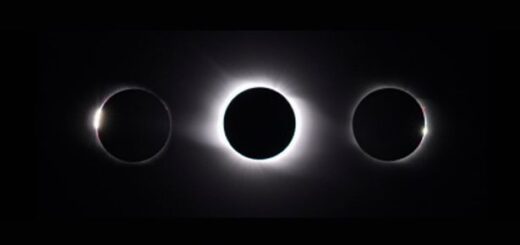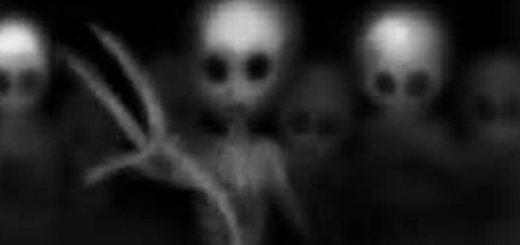Space Shuttle Discovery Gets Astronaut Sendoff at Smithsonian

CHANTILLY, Va. — When space shuttle Discovery began its new mission as a museum relic, it wasn’t alone. More than two dozen astronauts helped usher the storied space plane into its new role as a Smithsonian exhibit.
Emotions were high as NASA officially declared Discovery the property of the Smithsonian’s National Air and Space Museum today (April 19), closing the chapter on its life as a spaceworthy orbiter, and opening its new mission as an artifact to educate and inspire.
To mark the occasion, two American astronauts currently on the International Space Station beamed a recorded sendoff for Discovery, but it was the nearly 30 astronauts walking the shuttle over to the Smithsonian’s Steven F. Udvar-Hazy Center annex here who said the final farewell.
“It’s hard to see something that I know still could fly and could do great things in space, be retired,” said astronaut Frank Culbertson, a veteran of two Discovery missions. “I think the Smithsonian’s a great place for it, it’ll be an inspiration for thousands of people, but it’s hard to watch it retire.”
John Glenn, the first American to orbit Earth in 1962, who flew back to space in 1998 on shuttle Discovery, agreed that the end of the line for the space shuttles came too soon.
“I was sorry to see that happen, but it’s going to be an inspiration to a lot of our young people here,” Glenn told SPACE.com. “Museums are made to inspire, to not only let people know what happened in the past, but to inspire people to do their own thing in their own time in the future.” [Photos: Shuttle Discovery Flies to Smithsonian]
Many of the astronauts said they hoped Discovery’s presence here would help inspire more people to follow in their own footsteps, as well as those of the scientists and engineers who contributed to the shuttle program from the ground.
“If I was a young person out here, I would remember this forever,” two-time Discovery crewmember Eileen Collins, the first female space shuttle commander, told SPACE.com. “In fact I remember my first trip to the Air and Space Museum. That’s something that actually helped me decide that I wanted to get into flying someday, and I wanted to be an astronaut someday.”
Thousands of people came out to the National Air and Space Museum’s Steven F. Udvar-Hazy Center here today for the “Welcome Discovery” festivities.
Astronaut John Grunsfeld, who flew on Discovery in 1999 to service the Hubble Space Telescope, said he was glad to see the excitement people had for Discovery’s retirement, and hoped it would ignite more interest in the new spacecraft NASA is developing to travel beyond low-Earth orbit to the moon, asteroids and Mars.
“It’s human nature that you often don’t appreciate something until it’s gone,” Grunsfeld said. “What I hope people take out of it is this is a glimpse of the future. There will be other vehicles.”
NASA administrator Charles Bolden, himself an astronaut veteran of four space shuttle missions (including two on Discovery), emphasized the ongoing activities at the space agency, including development of its heavy-lift rocket, as well as the continuing work on the International Space Station and the push to use commercial spacecraft to travel to low-Earth orbit.
“The big deal about bringing Discovery here to Udvar-Hazy is that millions of people come through here over the course of the year, and they’ll have an opportunity through the education programs here to learn about space, and science and discovery,” Bolden said. “We should never forget what was done in the 30 years of the shuttle program, but it was all done for the purpose of getting us to the next phase of exploration.”



 Creators of mankind
Creators of mankind Description of “Tall white aliens”
Description of “Tall white aliens” Where they came from?
Where they came from? About hostile civilizations
About hostile civilizations The war for the Earth
The war for the Earth “Tall white aliens” about eternal life
“Tall white aliens” about eternal life Video: “Nordic aliens”
Video: “Nordic aliens” Aliens
Aliens Alien encounters
Alien encounters The aliens base
The aliens base UFO
UFO Technology UFO
Technology UFO Underground civilization
Underground civilization Ancient alien artifacts
Ancient alien artifacts Military and UFO
Military and UFO Mysteries and hypotheses
Mysteries and hypotheses Scientific facts
Scientific facts


















